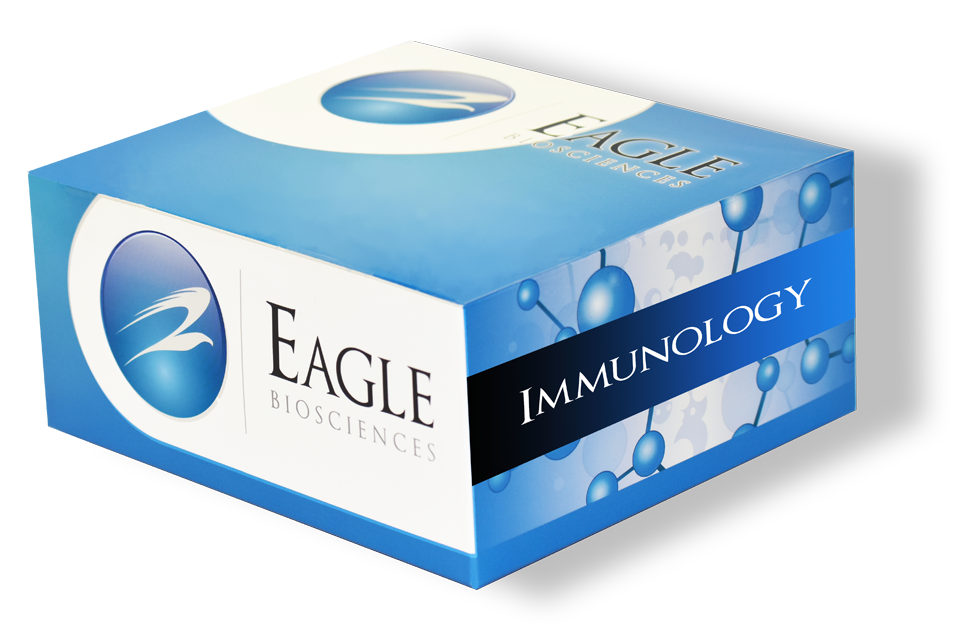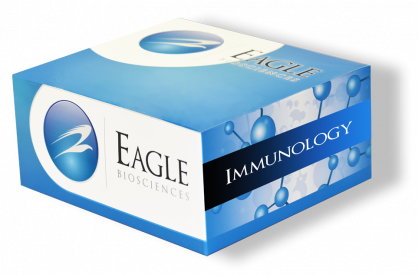Anti-PR3 cANCA ELISA Assay
The Anti-PR3 cANCA ELISA Assay is For Research Use Only
Size: 1×96 wells
Sensitivity: 0.13 AU/mL
Dynamic Range: 10 – 160AU/mL
Incubation Time: 2 hours
Sample Type: Serum, Plasma
Sample Size: 10 µl
Controls Included
Assay Background
Anti-neutrophilic-cytoplasm antibodies (ANCA) represents a group of autoantibodies directed towards the cytoplasmatic components of the neutrophilic granulocytes and monocytes. The classical methods for the determination of ANCA are the immunofluorescent methods. With these indirect immunofluorescence techniques two main patterns are recognized, a cytoplasmatic (c-ANCA) and a perinuclear (p-ANCA) type.
The main antigen for the c-ANCA is the proteinase 3 (PR3), which is a serine proteinase present in primary granules. Antibodies of p-ANCA positive sera are mainly directed to myeloperoxidase (MPO). Antibodies to other antigens e.g. lactoferrin, elastase, cathepsin-G and also lysozyme often result in a similar p-ANCA pattern. Beside different untypical variants of p-ANCA IF patterns granulocyte specific antinuclear antibodies (GS-ANA) is indistinguishable from p-ANCA. This makes a clear interpretation and classification of the IF patterns difficult.
Therefore every positive IF-ANCA findings esp. p-ANCA should be differenciated by ELISA techniques using purified antigens. A survey of documented clinical indications of specific ANCA is given in the table below. PR3- ANCA and MPO-ANCA are reliable serologic markers in the diagnostics of vasculitides.
PR3- ANCA is the classical autoantigen in Wegener´s granulomatosis with a clinical specificity of more than 95%. c-ANCA is documented to be present in different diseases. Anti-MPO antibodies are highly specific for idiopathic and vasculitis associated crescentic glomerulonephritis and also for classic polyarteritis nodosa, Churg-Strauss syndrome and the polyangitis overlap syndrome without renal involvement. With respect to sensitivity, either MPO or PR-3 antibodies were found in 77 to 100% of patients with idiopathic and vasculitis associated crescentic glomerulonephritis. In WG, anti-MPO antibodies were detected only occasionally and generally in patients negative for PR-3 antibodies. The MPO and PR-3 specific ELISA methods can provide an important confirmatory result for two of the more important of the identified antigens. ELISA is also useful for interpreting “difficult” samples by IFA such as those which exhibit several antibodies simultaneously or those with high background fluorescence.
Related Products
Anti MPO (p-ANCA) ELISA Assay Kit
Human Proteinase 3 ELISA Kit
DotDiver ANCA
Product Developed and Manufactured in Italy by Diametra


